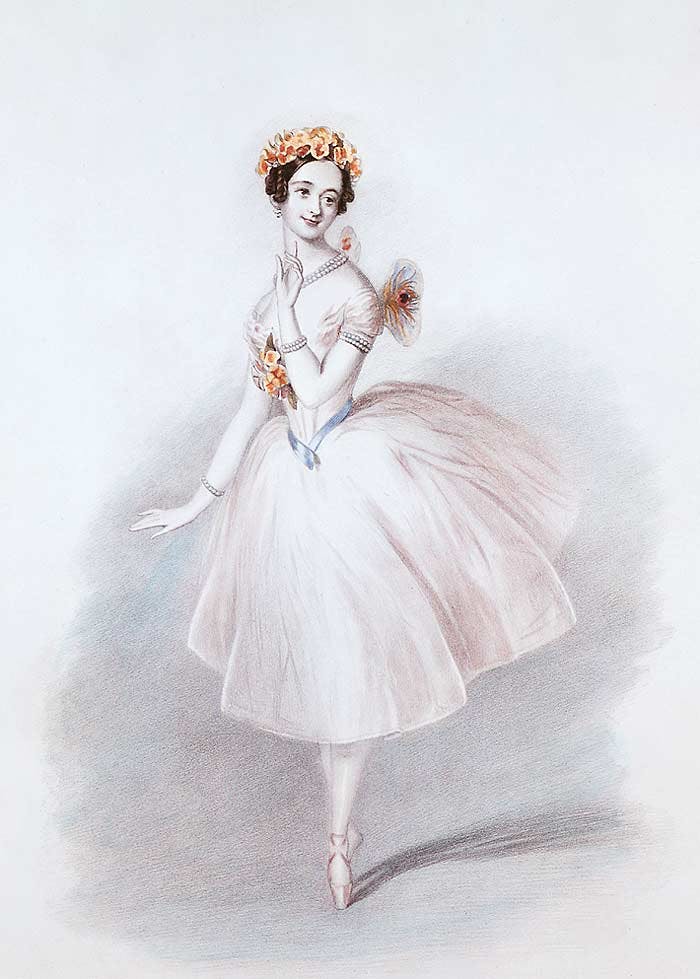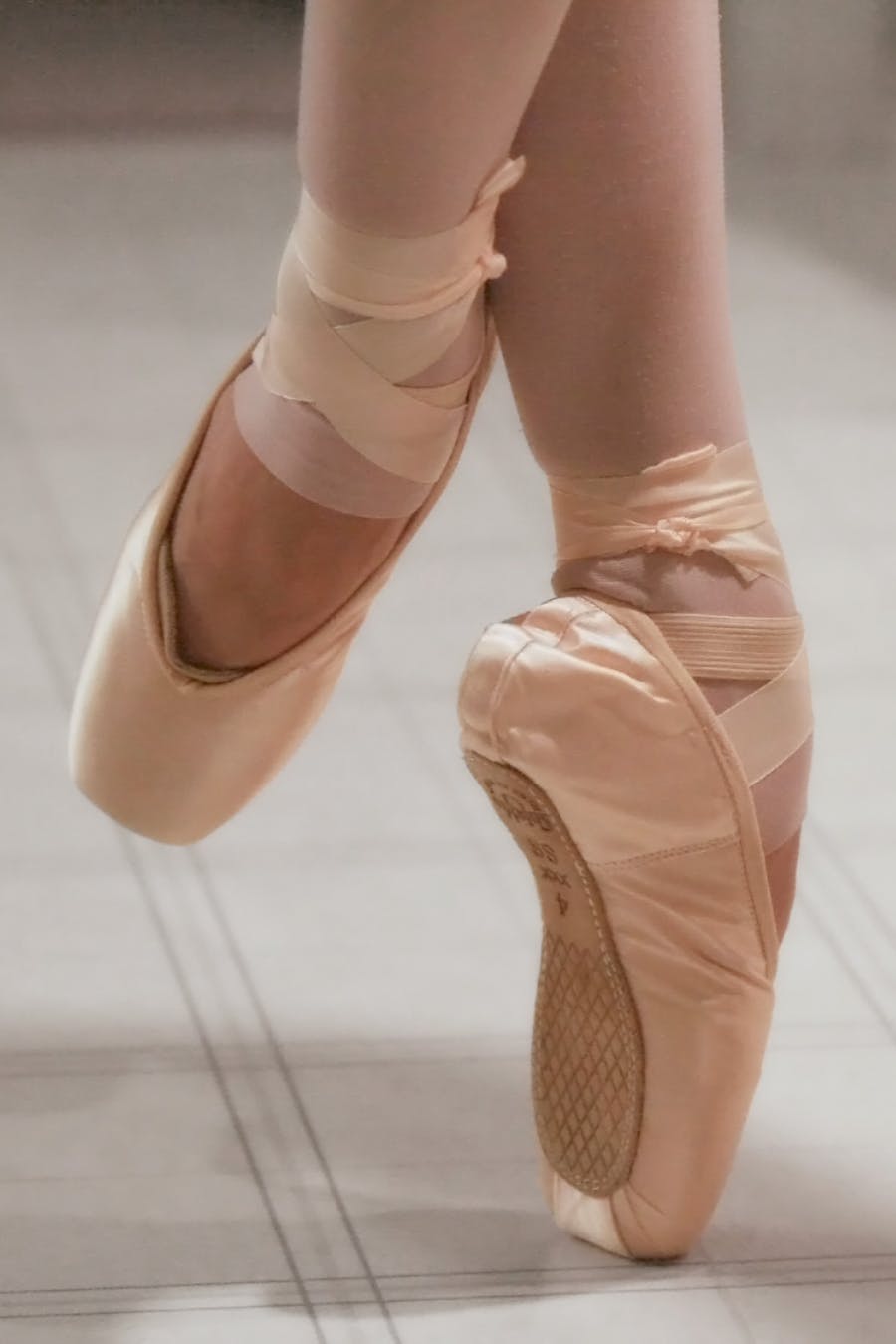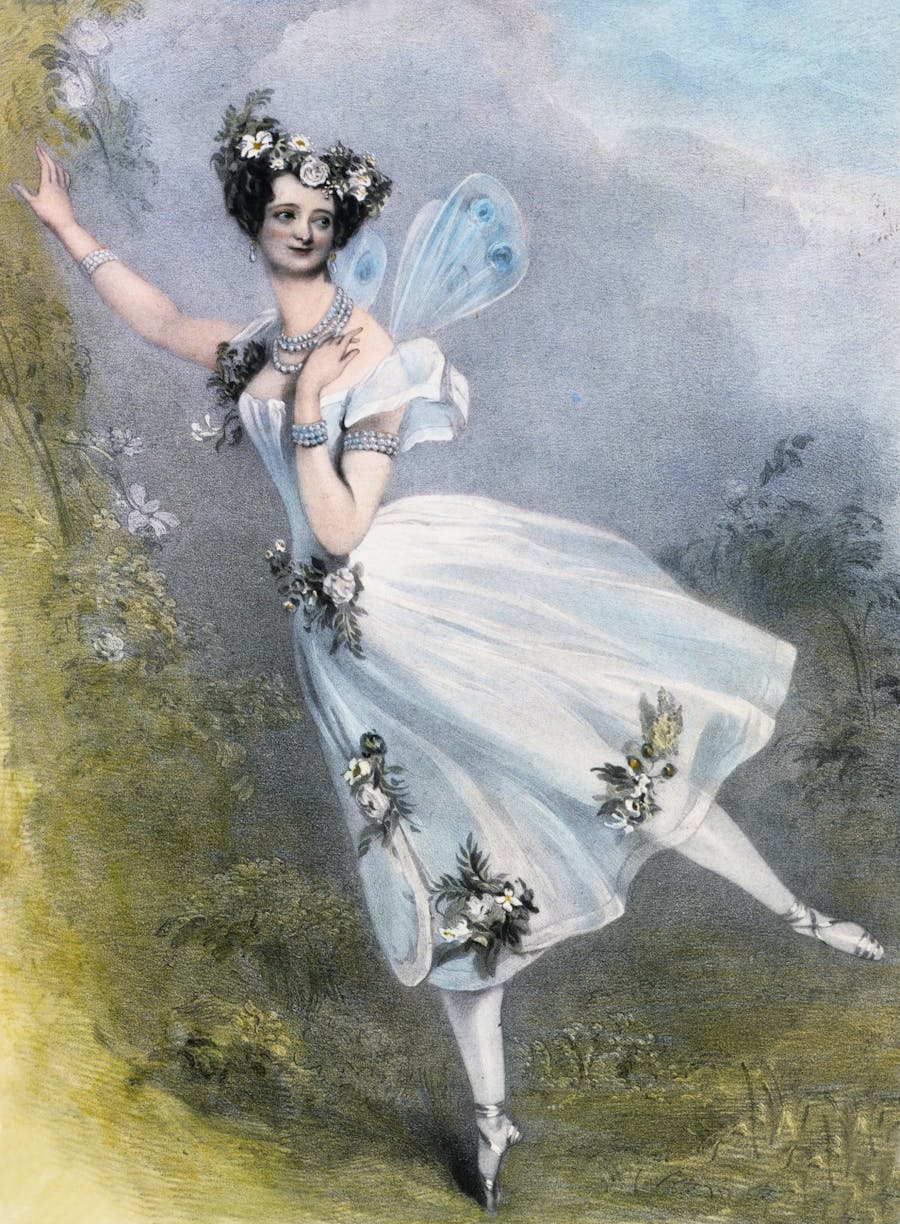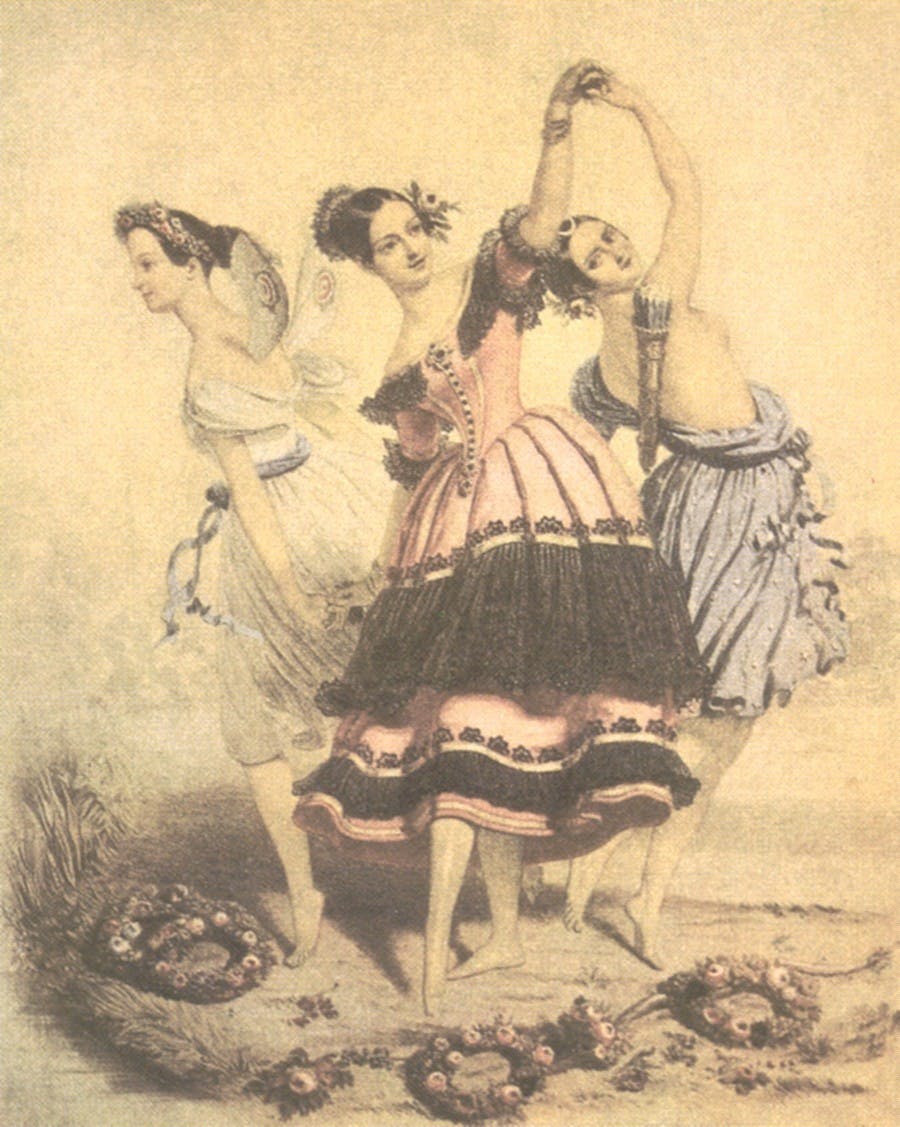Romantic Ballet and the Tutus of Marie Taglioni
Swedish ballet dancer Marie Taglioni was one of the most celebrated ballerinas of the Romantic ballet era, in which the ideas of Romanticism in art and literature influenced ballet.
Whereas men historically dominated ballet performances, the Romantic era (which occurred during the early to mid 19th century) saw the rise of the ballerina which called for a flowery, willowy look that was characterized by the ballet dancer Marie Taglioni (1804-1884).
Related: Collecting Opera and Ballet in Art
The real defining element of the Romantic ballet era was the tutu. This multi-layered skirt was made of tulle and allowed for more elaborate leg movements. The era also saw the rise in pointe shoes, which helped give the ballerina the effect of floating in these whimsical ballets where they were often playing spirits, fairies and princesses.

Marie Taglioni made her debut in Paris in 1827 in the ballet La Sylphide, which was choreographed by her father Filippo Taglioni. In the performance, Marie embodied the ideal of Romantic ballet, wearing a white tulle dress accessorized with a floral headband and delicate fairy wings. Marie had actually shortened her skirts in the performance in order to show off her pointe work which probably would have been rather scandalous at the time.

Taglioni made her London debut in 1830 and was popular across Europe in the part of Flora (a nymph of flowers) in the popular ballet Flore et Zephire. In this ballet, wires were used to create the illusion of dancers as spirits in the air. This added to the effect of the ballerinas being weightless, something the Romantic ballet era epitomized.
Related: The Scandal Behind Degas' Little Dancer

What is regarded as the pinnacle of the Romantic ballet style is the show Pas de Quatre, which caused a sensation when it premiered in 1845 as it brought together the four greatest ballerinas of the time, including Marie Taglioni. The ballerinas danced with delicacy and poise, enhanced by their matching whimsical costumes that again included the Romantic tutus accompanied by white bodices and floral headbands.
Want articles like this straight to your inbox? Subscribe to our free newsletter today!

Taglioni was so famous and well-regarded that after her last performance in Russia in 1842 a pair of her pointe shoes were sold to be reportedly cooked and eaten by a group of ballet fans. She continued to teach ballet throughout her life, before her death in 1884. The legacy of Romantic ballet has lived on from Taglioni's time to today, with the dance form being characterized as elegant, ethereal and acrobatic ever since.
Find more articles on Barnebys Magazine
This is an updated version of the article originally published on February 3, 2016


